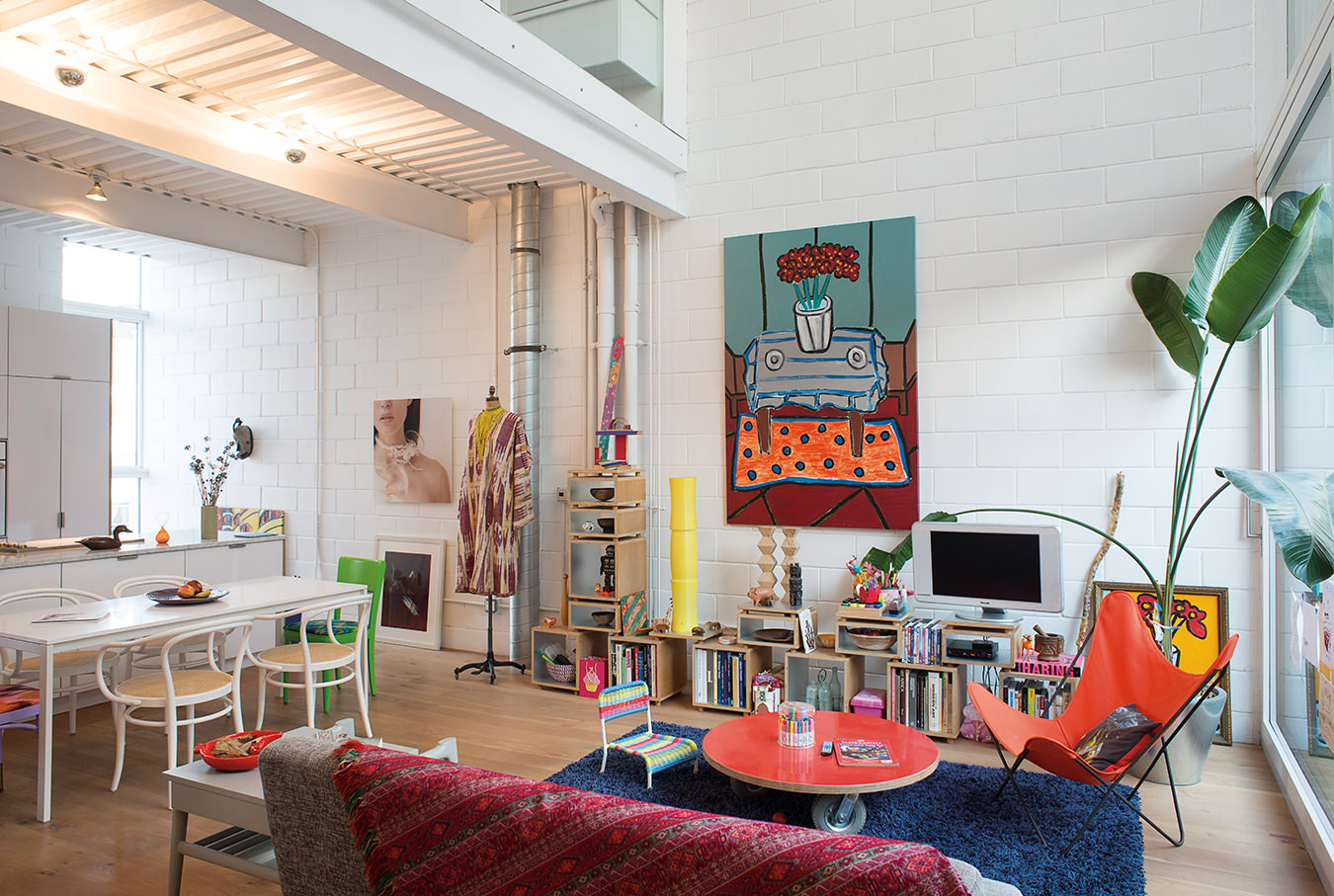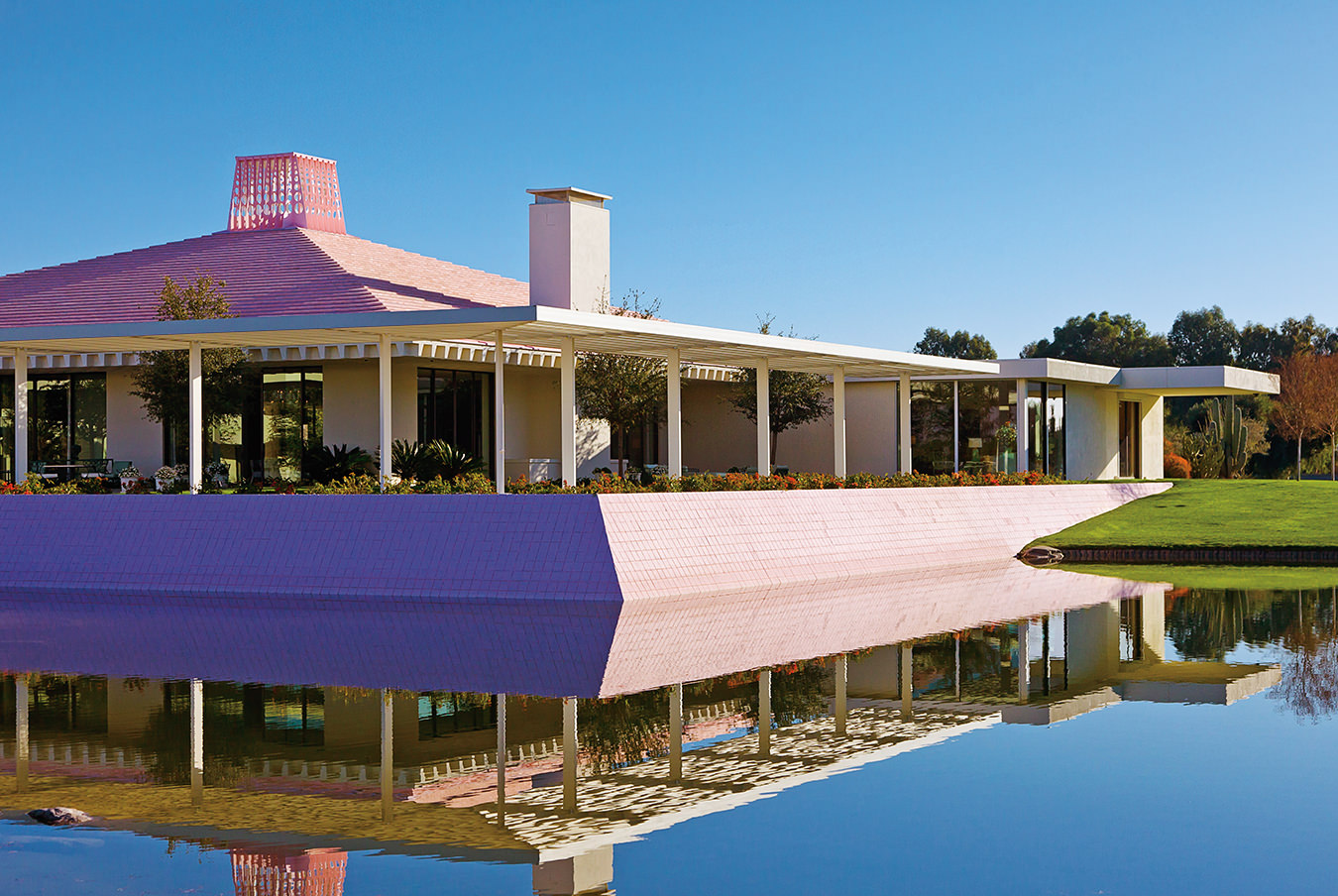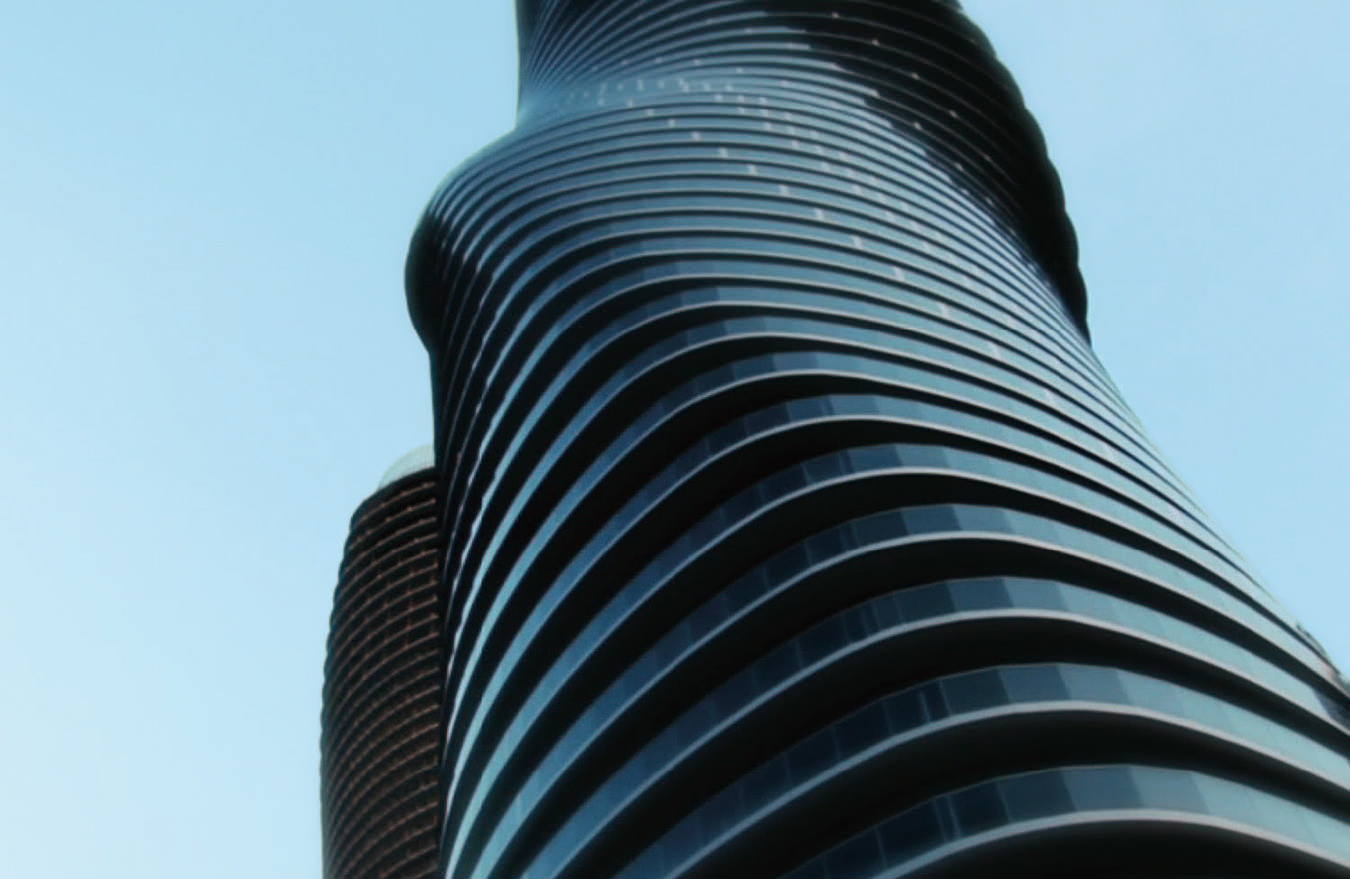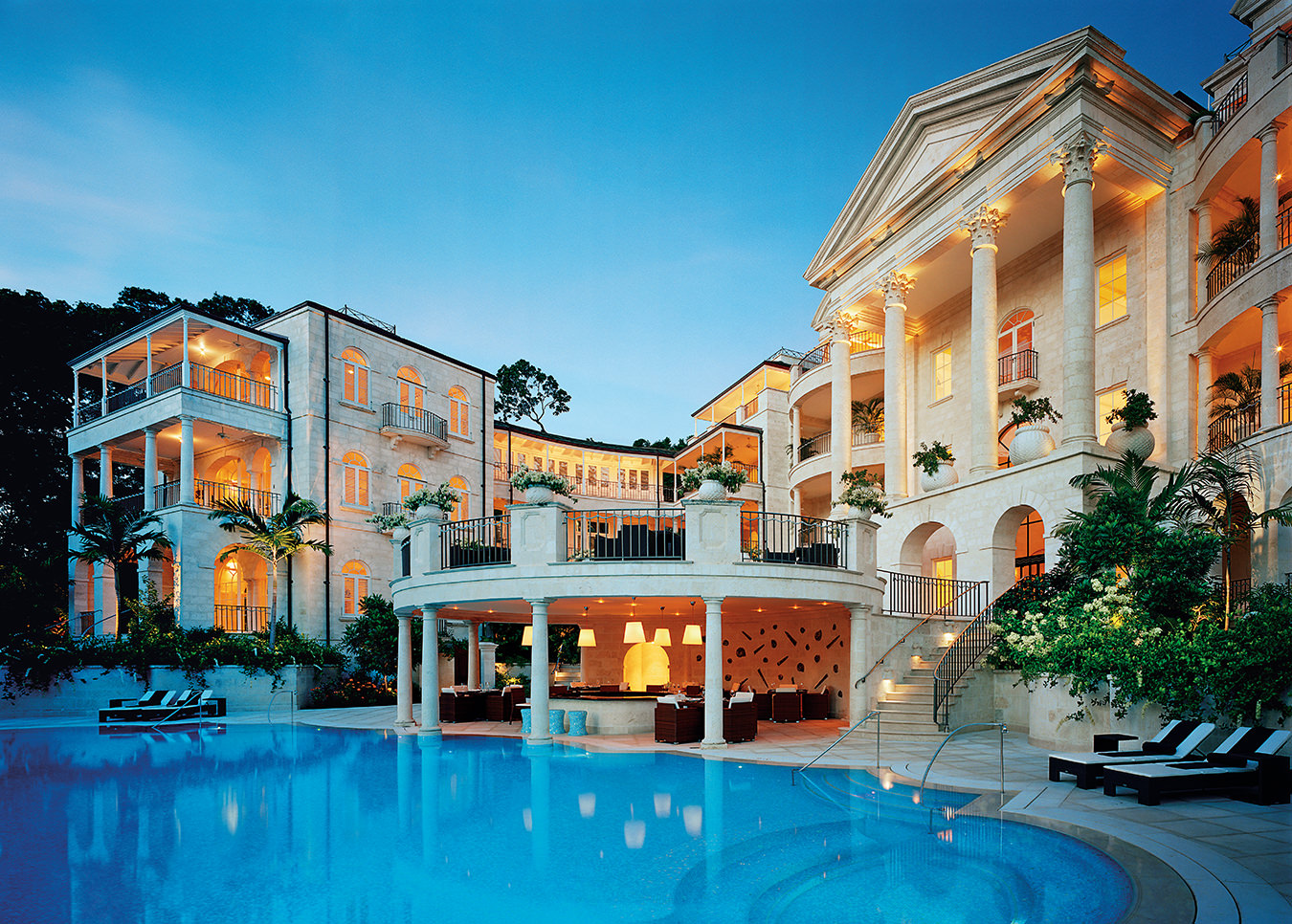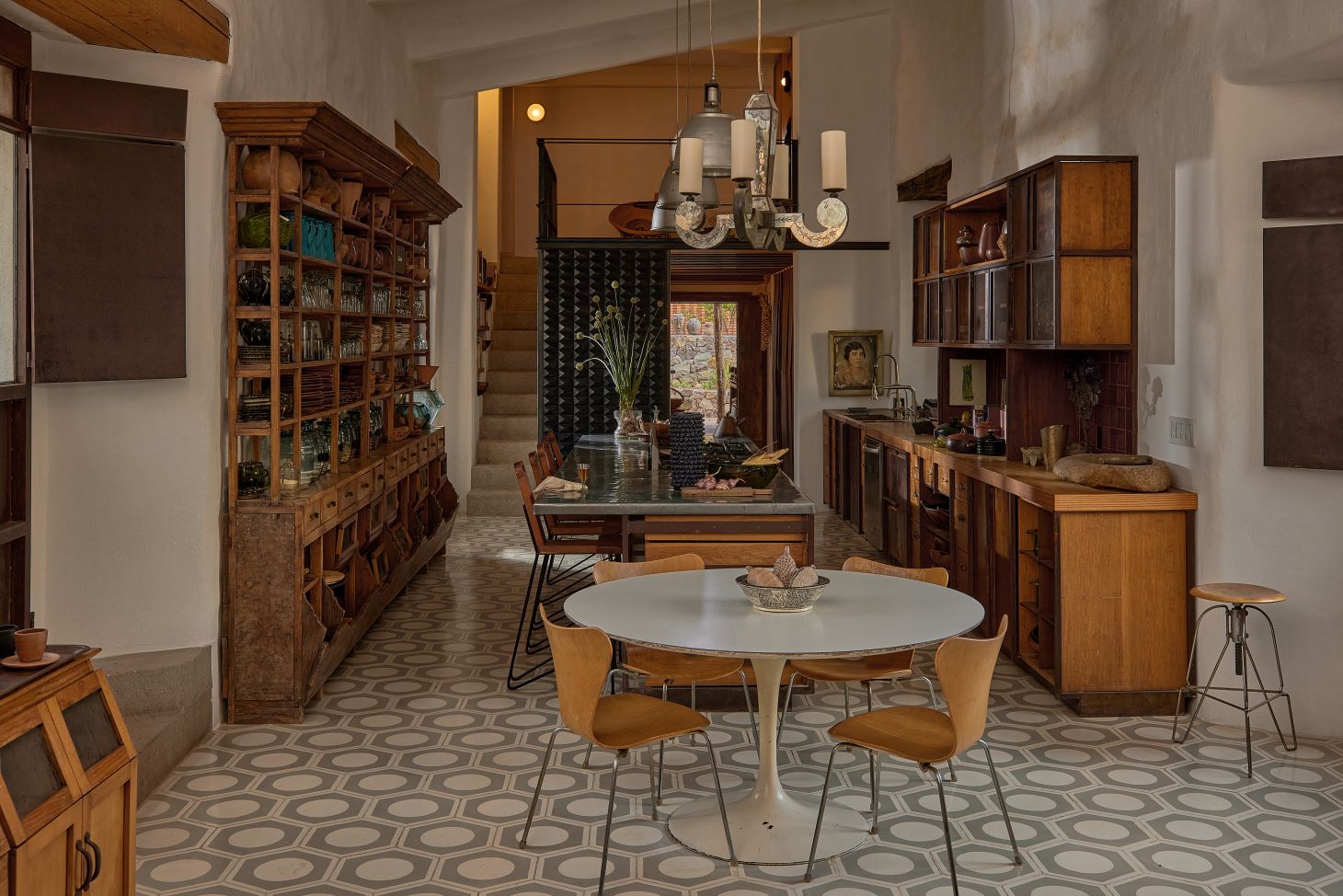
A Restored Historic Home in Oaxaca Pays Tribute to Mexican Culture
An artistic connection to the past and present.
From the sculptural light fixtures to the apothecary-style shelving in the kitchen, creativity abounds at Ex-Hacienda Guadalupe, an 18th-century farmhouse in Oaxaca. Its owners, the Colombian designer and shop owner Raul Cabra and his partner, the American writer Michael Sledge, acquired the dilapidated property in 2007 with a singular goal: to transform the former Dominican Order farm into a permanent home, as well as a space to welcome locals and international creatives through events and workshops.
A home for the couple’s Oax-i-fornia Studio, which brings together design and art students with working artisans, was top of mind. Even the location itself was conducive to creativity: half an hour from the town of Oaxaca and tucked between archaeological sites and traditional craft-producing communities.
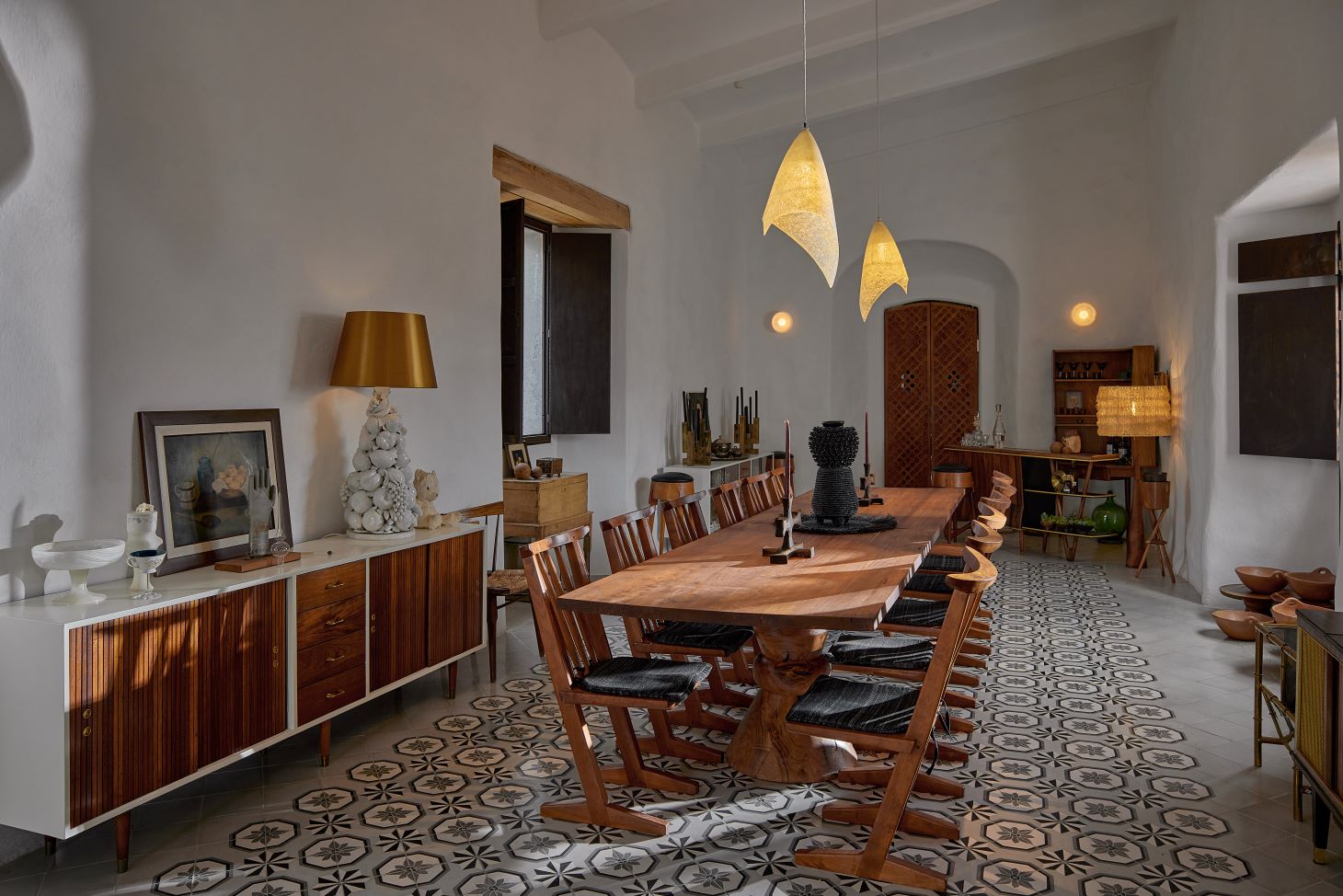
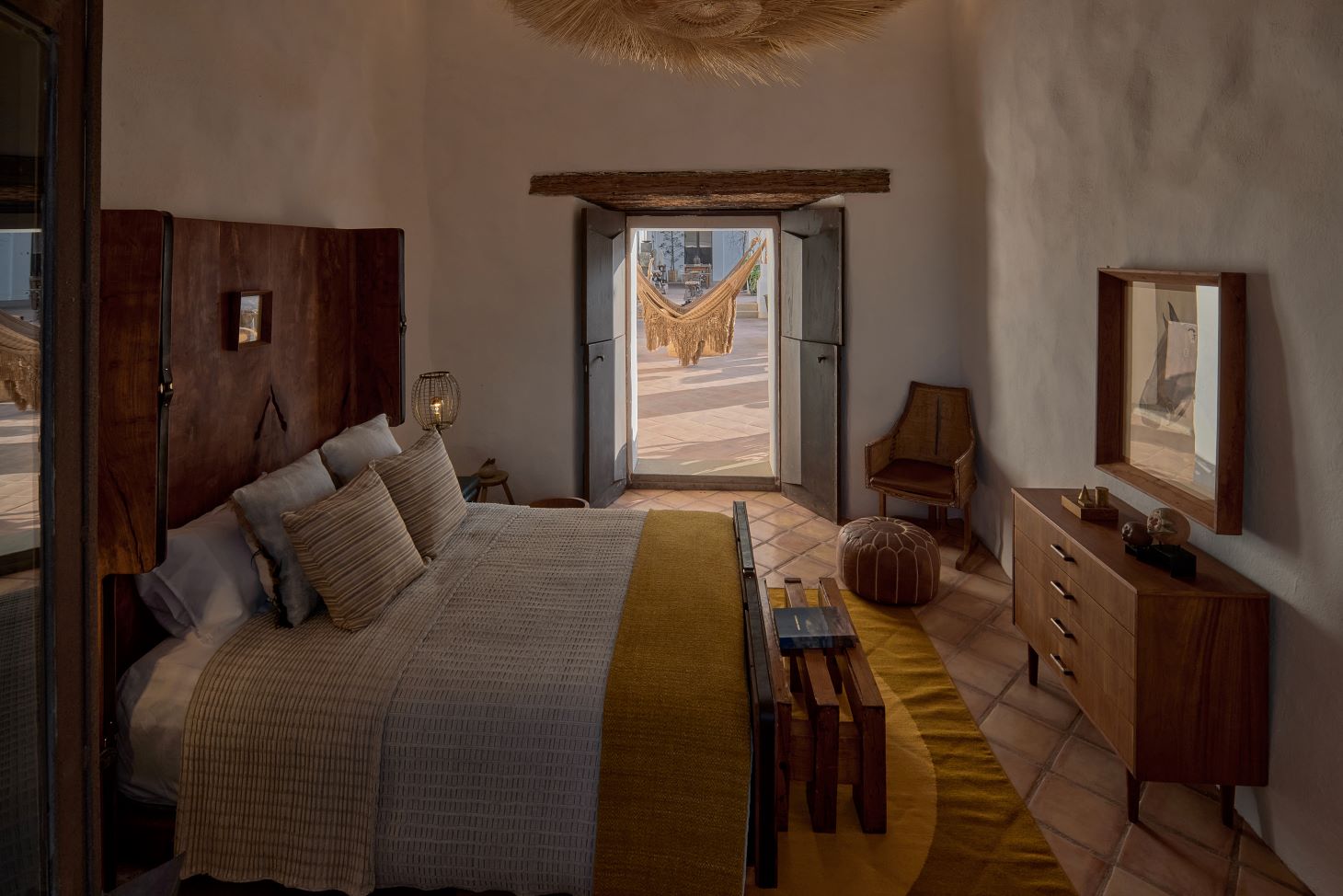
Taking a page from the history books, the couple embarked on a meticulous restoration. Cabra and Sledge contemplated and planned for eight years, buying only necessary furniture, until the vision was fully formed. “We approached this task with the utmost care, utilizing traditional construction techniques to honour the heritage of the building,” Cabra says.
No machines were used in the restoration, which was done entirely by hand. The original three-foot-thick stone walls were hand-finished by a process called cal apagada, an ancient waterproofing technique adopted by the indigenous Zapotec. “I saw myself as a temporary steward of this remarkable place, entrusted with maintaining its character, history, and connection to past and present,” Cabra says. “Every alteration made was done with the understanding that it could be reversed to restore the house to its original state.”
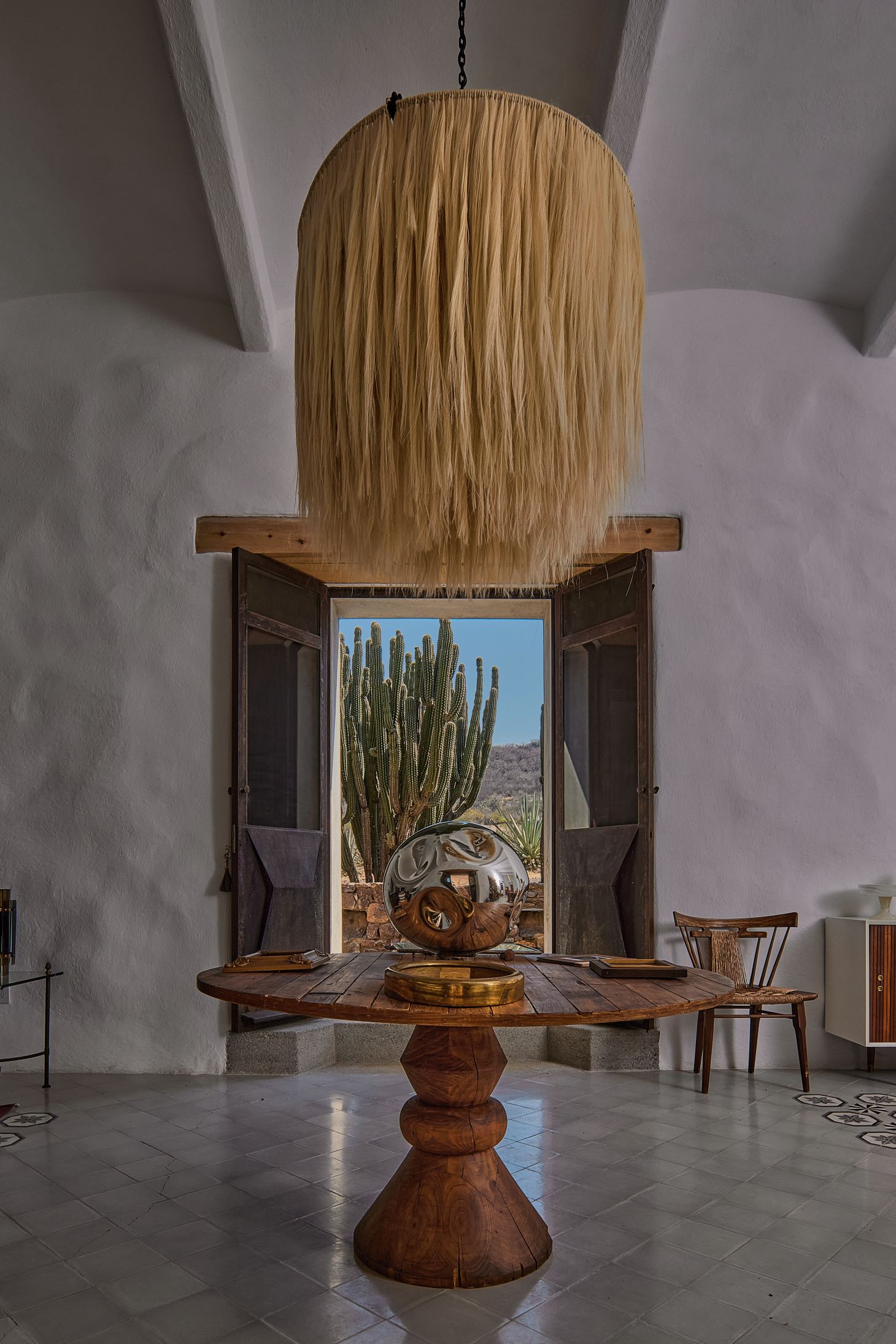
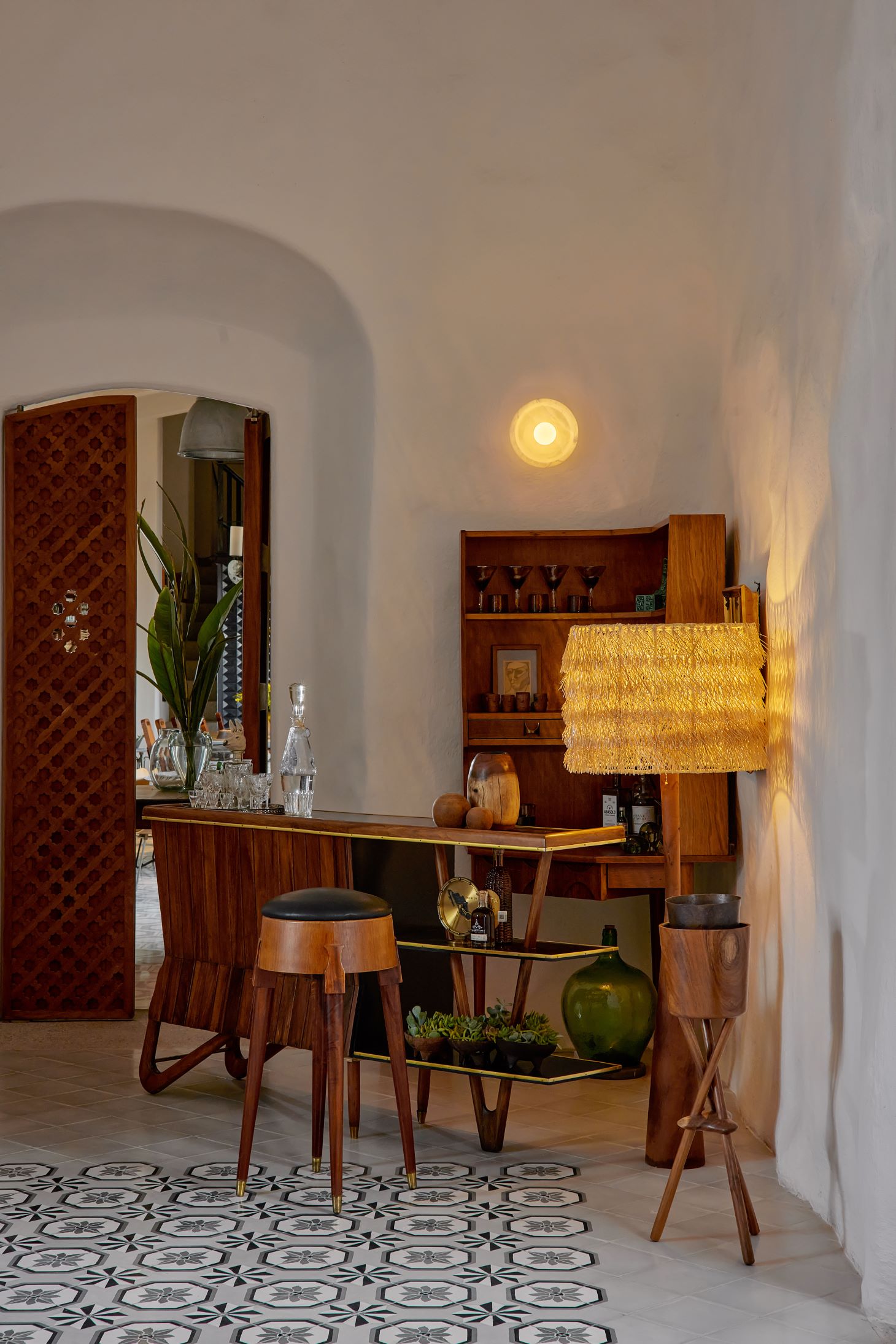
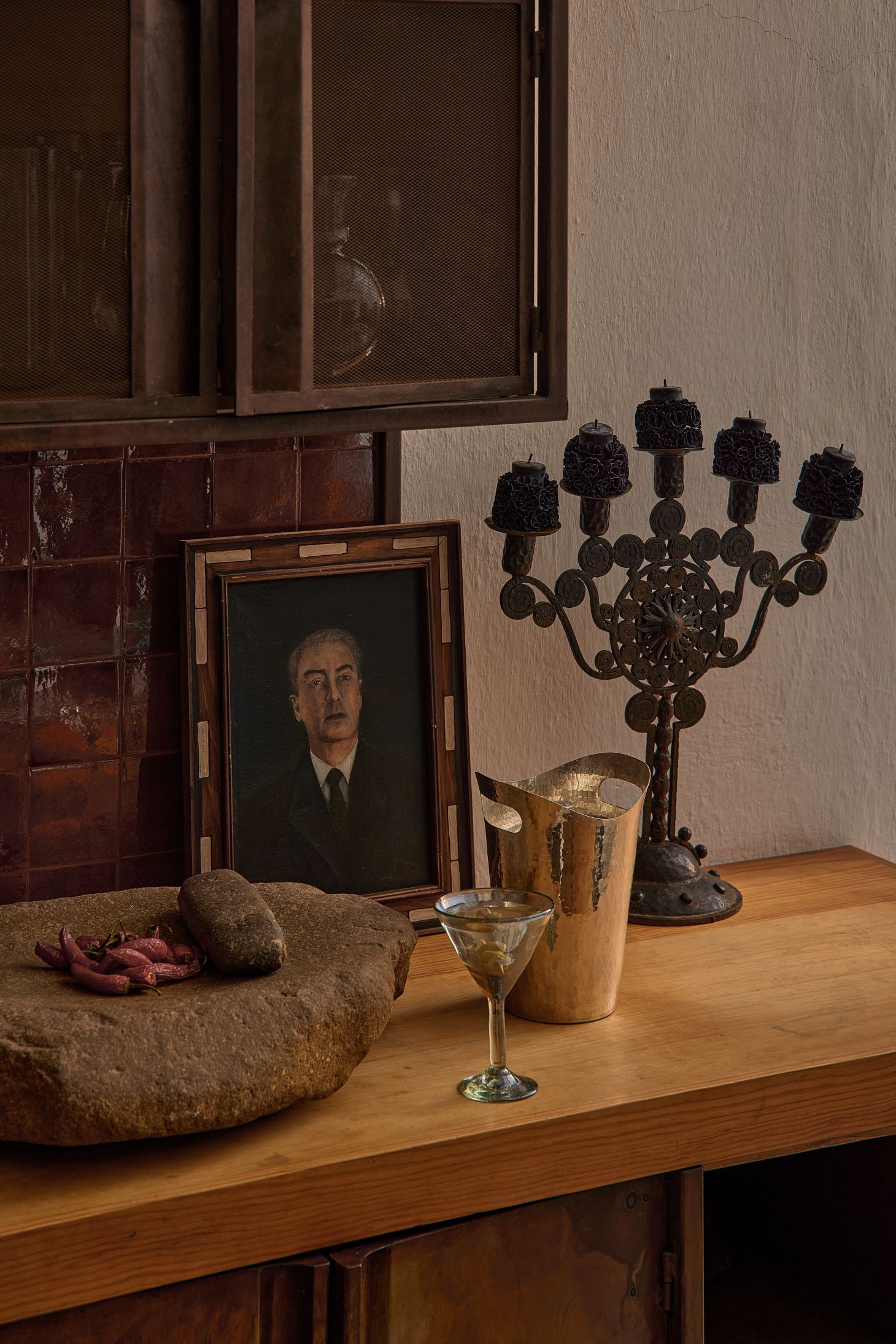
Though the techniques are ancient, the layout is designed for today, with four bedrooms, a library, and a chapel (now converted into a showroom) that open to a breezy central patio.
Cabra choose a nature-inspired palette for the interiors: red clay floors, white lime-washed walls, unpainted wood. If the surfaces patinate, all the better. The couple’s approach was to let the home evolve organically, incorporating salvaged doors and windows as they encountered them.
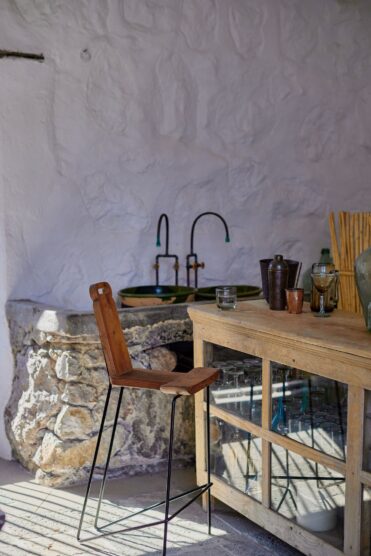

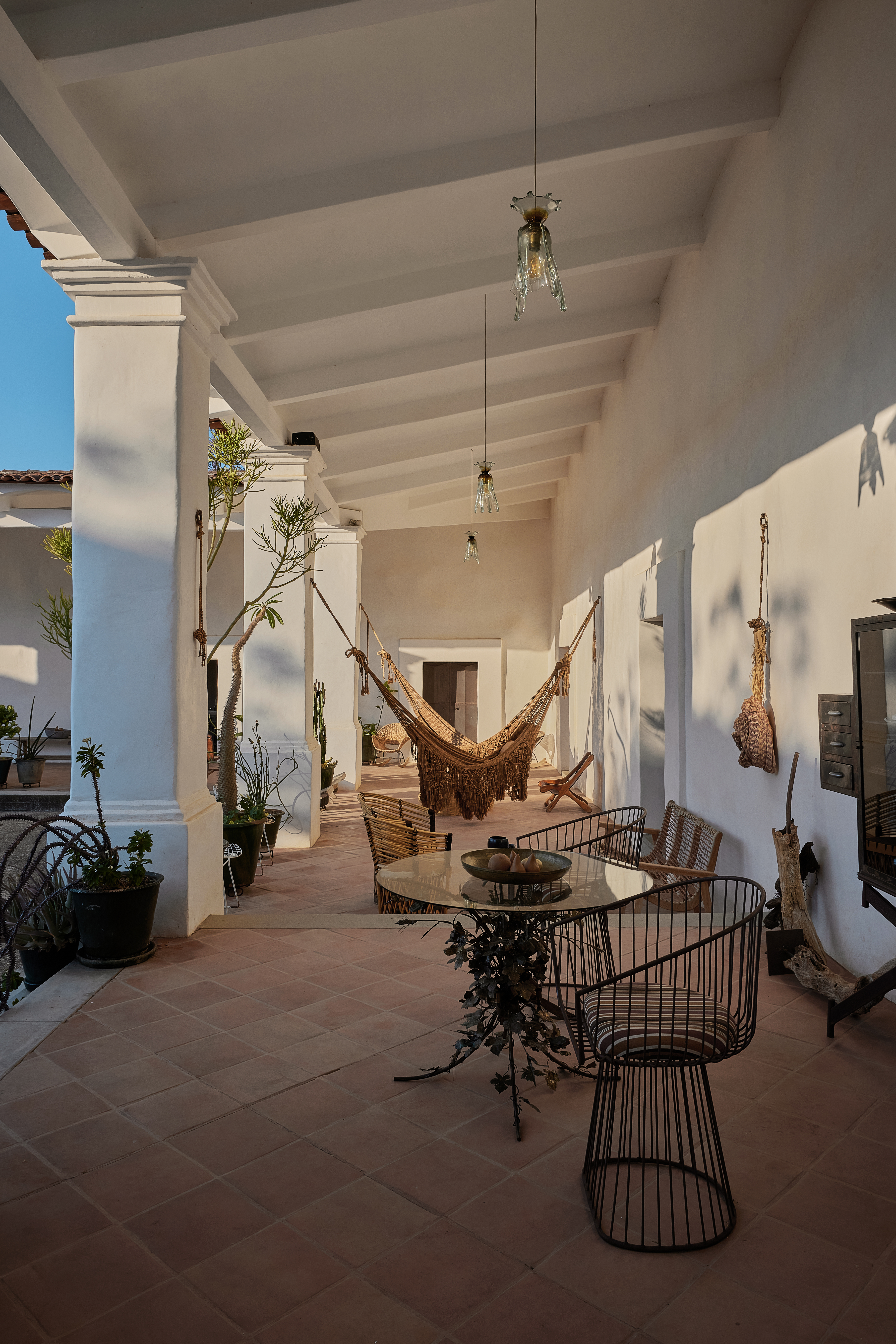
“To me, the house is a living creature that is Oaxaca in essence rooted in tradition, but contemporary all the way,” Cabra says. “The house gives me the clues of what it needs and wants, and I am just the enabler.”
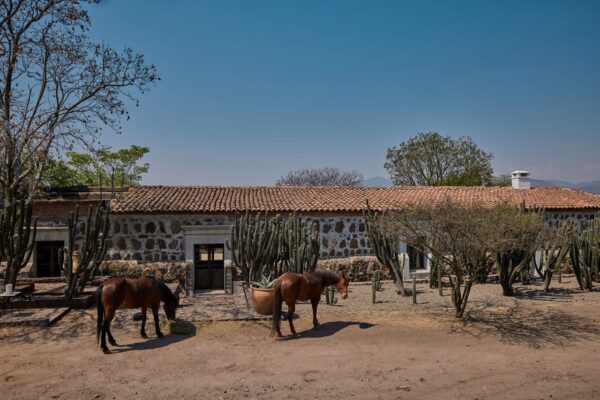
Photographs by Pepe Molina.

